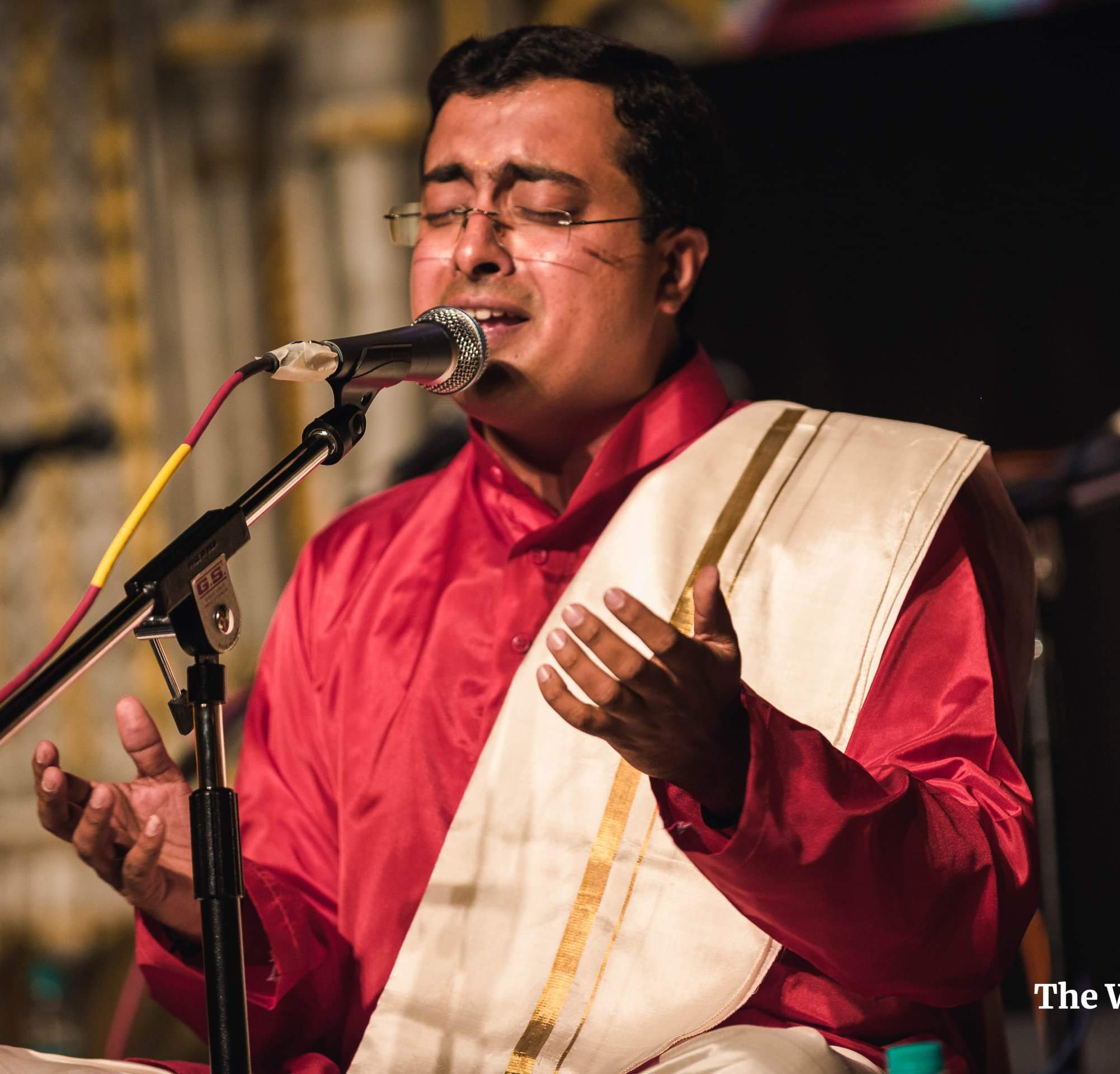Listening Music Teacher
Get in on
Give it up
Come on give it all you got
--AC/DC
If someone were crazy enough to let me run a school and I had the privilege of interviewing teachers, my first question would be, 'What's your passion?' I almost stood and applauded when I heard Bruce Coville, children's author, croon those exact words. My smile went ear to ear. It was something deep down inside that said, 'Thank you, Bruce.' Passionate people move me. The energy, the excitement, and the love push me to become a better human.
- This course fosters the development of aural skills that lead to an understanding of Western music. The musical novice is introduced to the ways in which mus.
- Those are a couple of great sites where you can listen to the news and read it at the same time. And that way you can relate what you’re hearing with what you’re reading. And another really fun way to do this is to find music that you love in English, so you’re listening to the music and the lyrics in English as you read the lyrics.
- For Teachers 9th - 12th Standards A music therapy STEM integrated project combines science and language arts. Pupils listen to music, learn about music physics, build and play instruments, write songs, and share their musical creations. They study different intervals.
- This time: listening to music while studying. Read more Lessons from Research. There is a wealth of psychology research that can help teachers to improve how they work with students, but.
Listening is a two-way process: you, as the teacher do most of the talking but you must also learn to listen to the students; the students spend a lot of time listening to you, and will also benefit from improved listening skills.
'What's your passion?' Imagine that in an interview. Would you be afraid to answer? Could you answer? Did your college training prepare you for that question? When teachers are separated from curriculum development you remove the 'thinking from implementation and the model of the teacher becomes that of a technician or white-collar clerk.' (Henry Giroux) If 'experts' continue to bash the humanity out of teaching, how on Earth will teachers teach? The dead honest truth is that inspiring people in the world, the best teachers out there really, are passionate about life. And no matter what the topic, they move people to better themselves in some way.
Edward Berman states that current reformists have 'dropped the rhetoric about school as a vehicle for personal betterment.' If we're not inspiring kids to search for their own truth why are we teaching?
This is a call for all teachers to bring the heart and soul back to the classroom. However, to do so they must first answer a very difficult question, 'a moral as well as a practical question,' posted by the most famous critical gunslinger out there, Alfie Kohn: Will teachers 'treat students the way they, themselves, are being treated . . . or the way they wish they were being treated?'
Music in the Classroom
I've been listening to music for most of my life and playing it for quite some time. It's my best friend, my co-pilot, and my bedtime story. It's always there to shake up my bones or serenade me into sleepy daze. Music pumps feelings through my veins and clicks the switch on the mind's eye's projector. It conjures up images of people, scenes, landscape, and, if the tune is really rockin', transports me to far away places. As a kid, I was always up on that stage with Gene Simmons breathing fire and spitting blood or rolling around on two Jaguars (cars) in that White Snake video (come on, you did too). It's just the way I'm wired. Music always helps me to visualize and dream big.
My ten years of teaching have taught me many things about how kids interact with music. Some of my lessons failed miserably because of one major flaw: the wrong music. I've done the leg work for ya' so listen closely.

Tip #1 If you are using music for a lesson it almost always has to be instrumental unless you are directly engaging the lyrics. Little guys and gals just can't get over the artist's voice. I've asked them many times and the most common answer of all is.. 'It sounds funny.' Hey, kids are kids.
Tip #2 Meet them half way. You can't put on some dusty old music and expect them to pump their fists and bob their heads. Classical music is awesome, but the kids need a variety of instrumental music to keep them interested. I've discovered some awesome artists searching for rockin' instrumentals. Here's a short list to get you started.
- Tea Leaf Green --The Jam Band
- Tim Reynolds -- The Guitar Genius
- Caryn Lin -- Electric Violin
- Bela Fleck and the Flecktones -- Grassroots
Or, by all means, write and record your own. Parallels desktop 16.
You've got the music, now rock the lesson
I begin this lesson by showing John Williams and his musicians performing the Jaws theme in the studio (from my extended version of Jaws, of course). Watching a composer lead his orchestra while the movie plays on a huge screen is completely magical. Music tells so many stories. It's quite a gift to be able to write the musical story that matches the passion and energy of the actors all while enhancing the themes and the feelings of the scene. Just amazing. I want my students to use their mind's eye so I reverse the roles. Instead of writing music to the story, I want my students to write a story, a thought, a scene, or a list to the music. I usually spin six to eight partial tunes (about a minute) during each session. This takes practice and patience so if you get blank stares at first don't stress. Be happy, you're listening to music, remember?
In the end, your students will have a list of story nuggets or seeds or whatever you choose to call them. You will have fed the musical spirits, opened the eyes of the nonmusical, and perhaps even kindled a flame.
The latest tweets from @StarWars. The latest tweets from @swtorfr. Swtor server status. The latest tweets from @swtorde. The latest tweets from @swtor. The in-game events happening in Star Wars: The Old Republic for the month of April.
Listening Music Teacher Jobs

Free Listening Music On Youtube
Instrument Families in Music
The instrument families are made up of four main families: woodwinds, brass, strings, and percussion. The pictures below include some of the instruments in each musical family. The instruments have an audio file to listen to the instrument sound. Scroll down the page to see all of the instruments.
Woodwind Family - Woodwind instruments produce a sound by blowing into a mouthpiece. Some woodwind instruments use a reed to make the sounds play.
Brass Family - Brass instruments are played by 'buzzing' the lips into the mouthpiece.
Percussion Family - Percussion instruments are struck with sticks or mallets. Some percussion instruments are pitched, such as the xylophone, which can play different notes or sounds. Keyboard Family - The acoustic (grand, upright) piano is also considered a percussion instrument. The other keyboard instruments below are electronic instruments.
String Family - You will find more String instruments than any other type in the orchestra. Most string instruments are played using a bow or by using the fingers to 'pluck' the strings.

